

Use the left hand navigation to filter resources by Topic and Media Type.
-
Install MicroTight Adapter onto Tubing
By IDEX Health & ScienceLearn how to install the MicroTight Adapter by IDEX Health & Science onto 1/16" OD Tubing to 1/32" or 360μm OD Tubing. Learn More
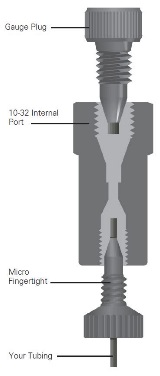
-
Flangeless Sealtight Fittings
By IDEX Health & ScienceLearn how to install flangeless sealtight fittings into your fluidic system. Learn More
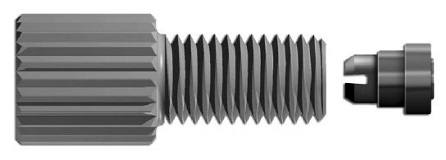
-
6-Port Medium Pressure Selection Valves Instruction Guide - Bulkhead Version
By IDEX Health & ScienceThe Medium Pressure Selection Valve is a 6-Way selection valve appropriate for applications up to 1,000 psi. Learn more about the specifications, plumbing, and how to mount on the bulkhead. Learn More
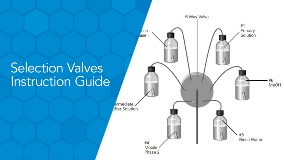
-
6-Port Medium Pressure Selection Valves Instruction Guide
By IDEX Health & ScienceThe Medium Pressure Selection Valve is a 6-Way selection valve appropriate for applications up to 1,000 psi. Learn more about the specifications, plumbing, chemical compatibility and more. Learn More
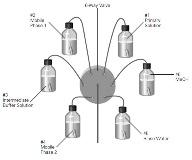
-
6-Port Medium Pressure Injection Valve Instruction Guide
By IDEX Health & ScienceThe Medium Pressure Injection Valve is an external sample loop style injector for applications up to 1,000 psi. Learn more about the specifications, plumbing, how to make injections and more. Learn More
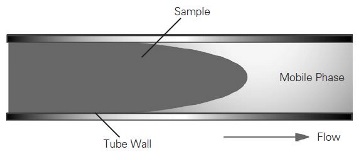
-
6-Port Medium Pressure Injection Valves Instruction Guide - Bulkhead Version
By IDEX Health & ScienceThe Medium Pressure Injection Valve is an external sample loop style injector for applications up to 1,000 psi. Learn more about the specifications, plumbing, how to make injections and how to mount on the bulkhead. Learn More
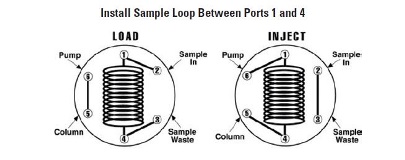
-
VHP Precolumn Filter Guide
By IDEX Health & ScienceLearn how to install replacement filters and how to properly use the assembly Learn More

-
Fluorescence Filter Information
By IDEX Health & ScienceFind a list of resources about fluorescence filters. Learn More
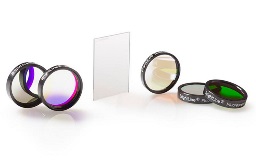
-
LED-based Light Engine Filter Sets for Fluorescence Imaging
By IDEX Health & ScienceBrightLine LED-based Light Engine Filter Sets are fully optimized for the brightest signal and highest signal-to-noise ratio. Learn more about these filter sets compatible with popular LED light engines for fluorescence imaging. Learn More

-
Semrock Optical Filters Resources
By IDEX Health & ScienceLooking for more information about Semrock optical filters? Learn more about our optical filter capabilities, find sets by fluorophore, download our 2023 Semrock catalog and more. Learn More


